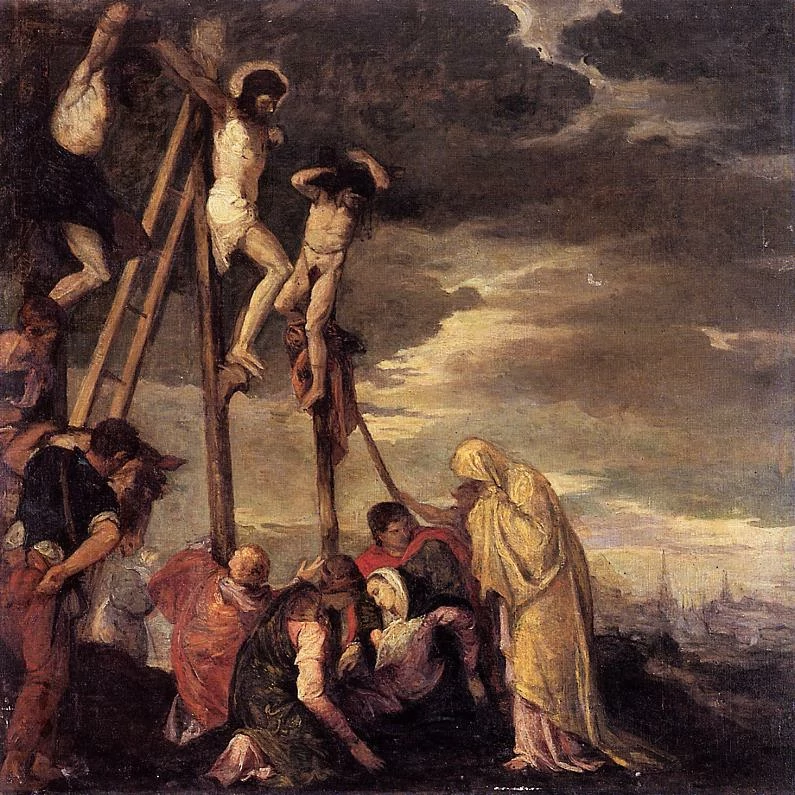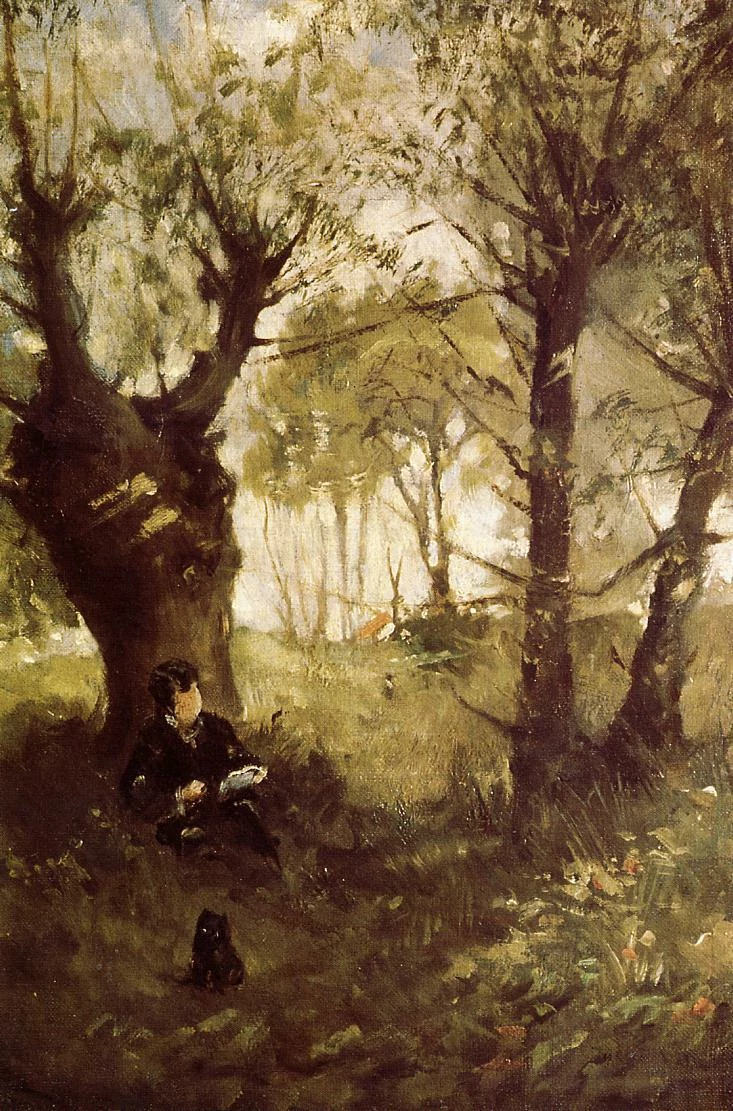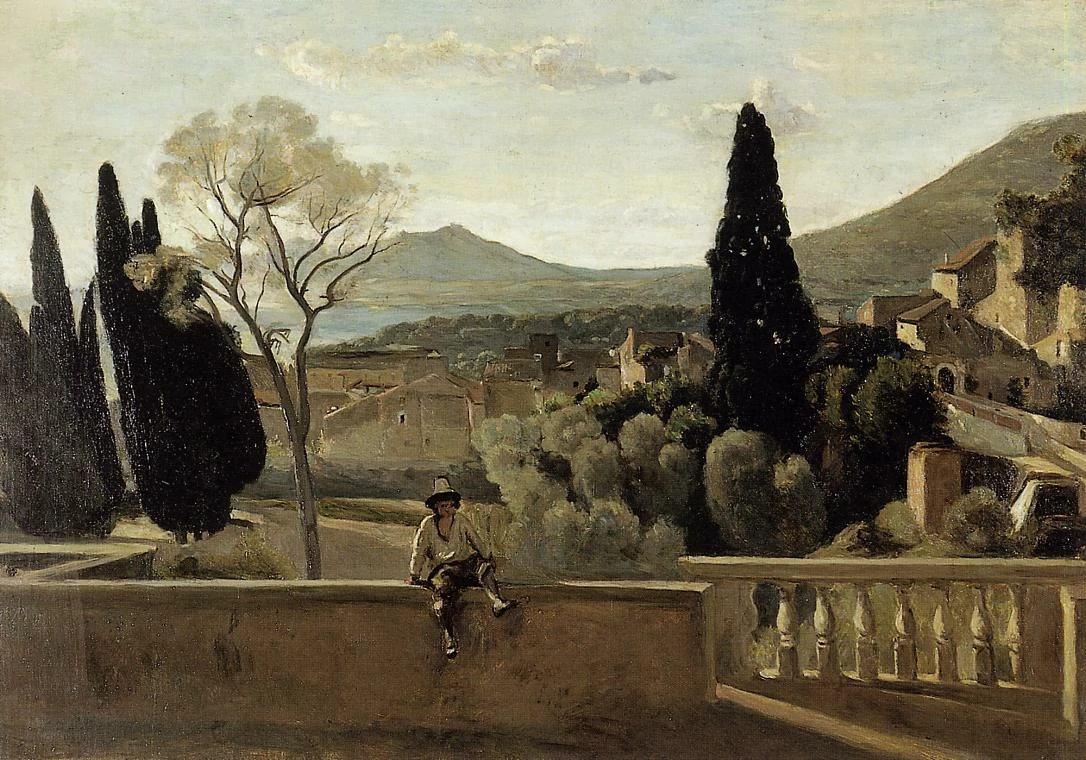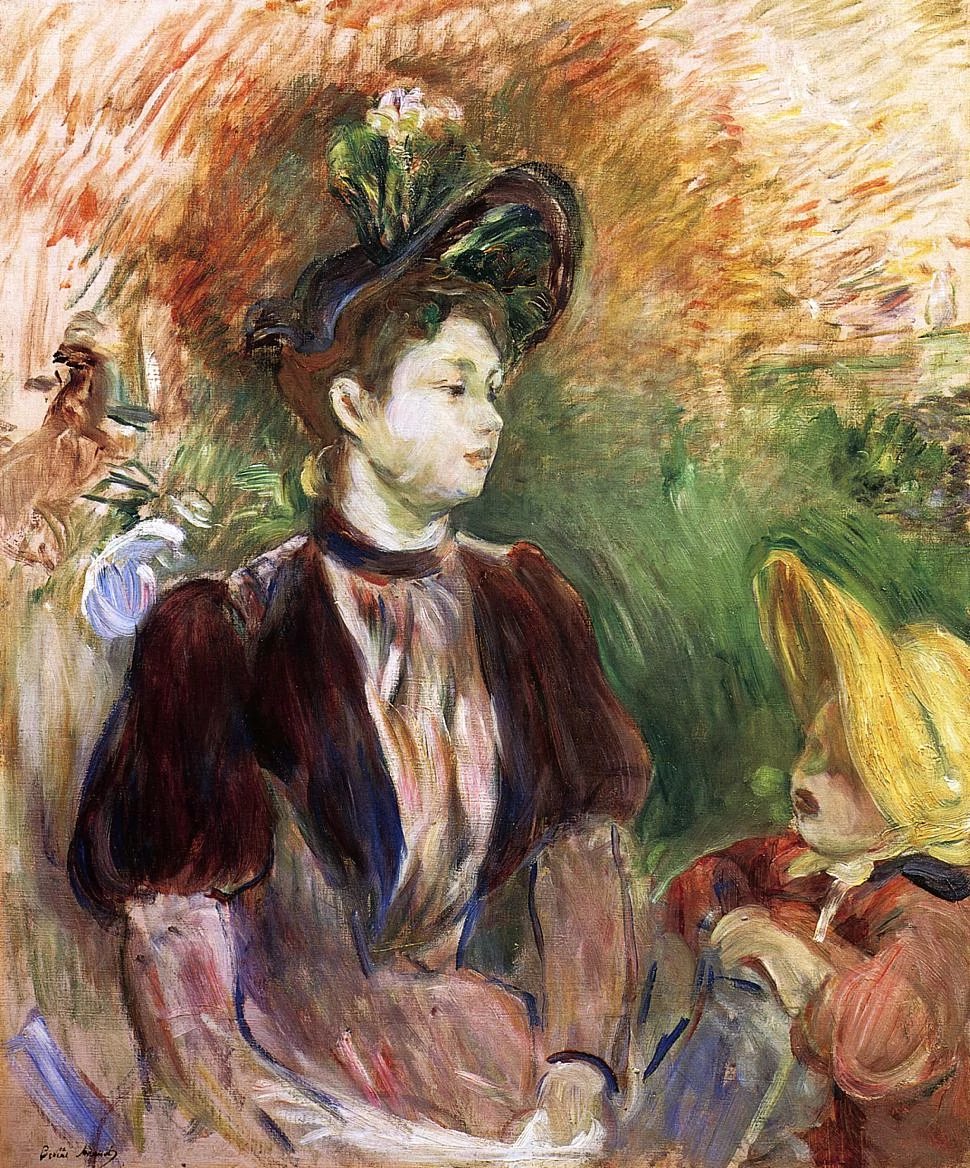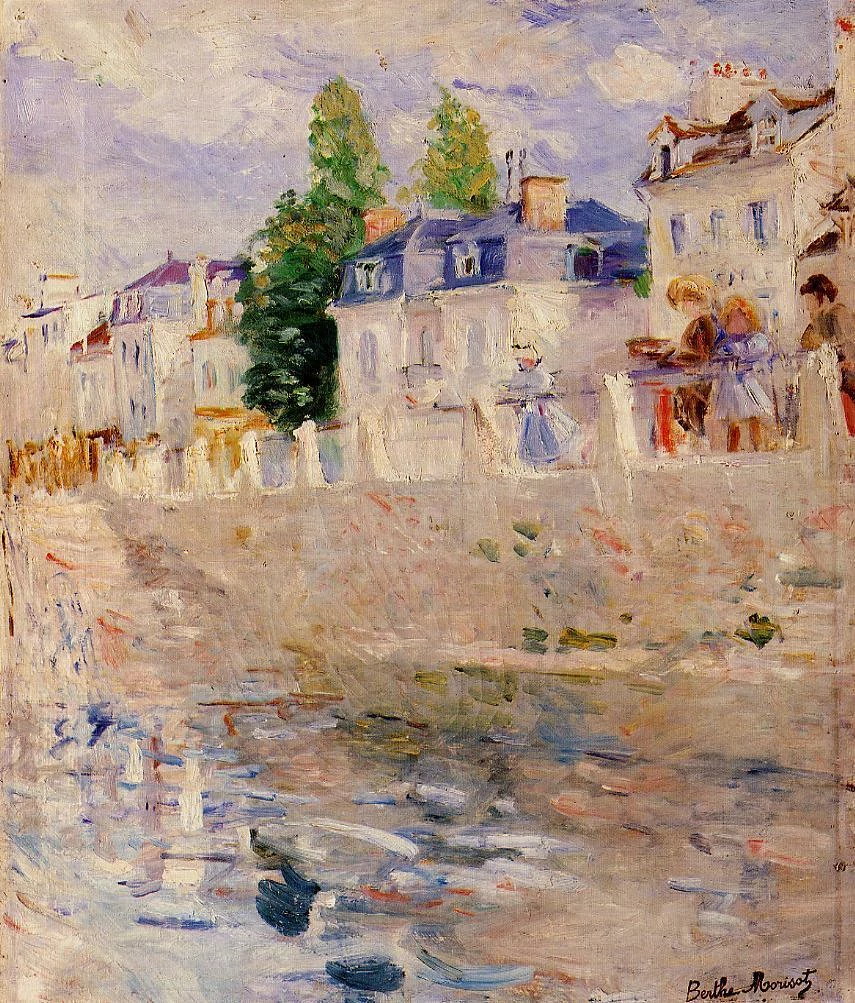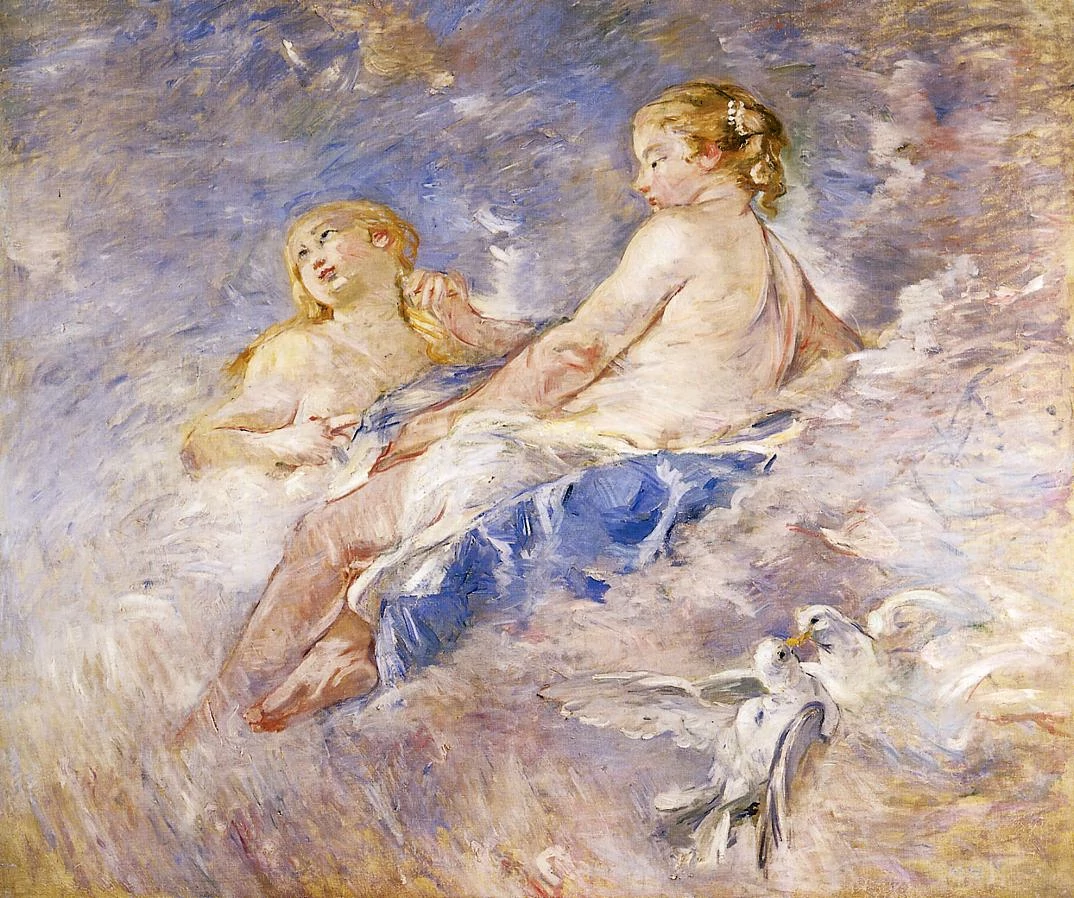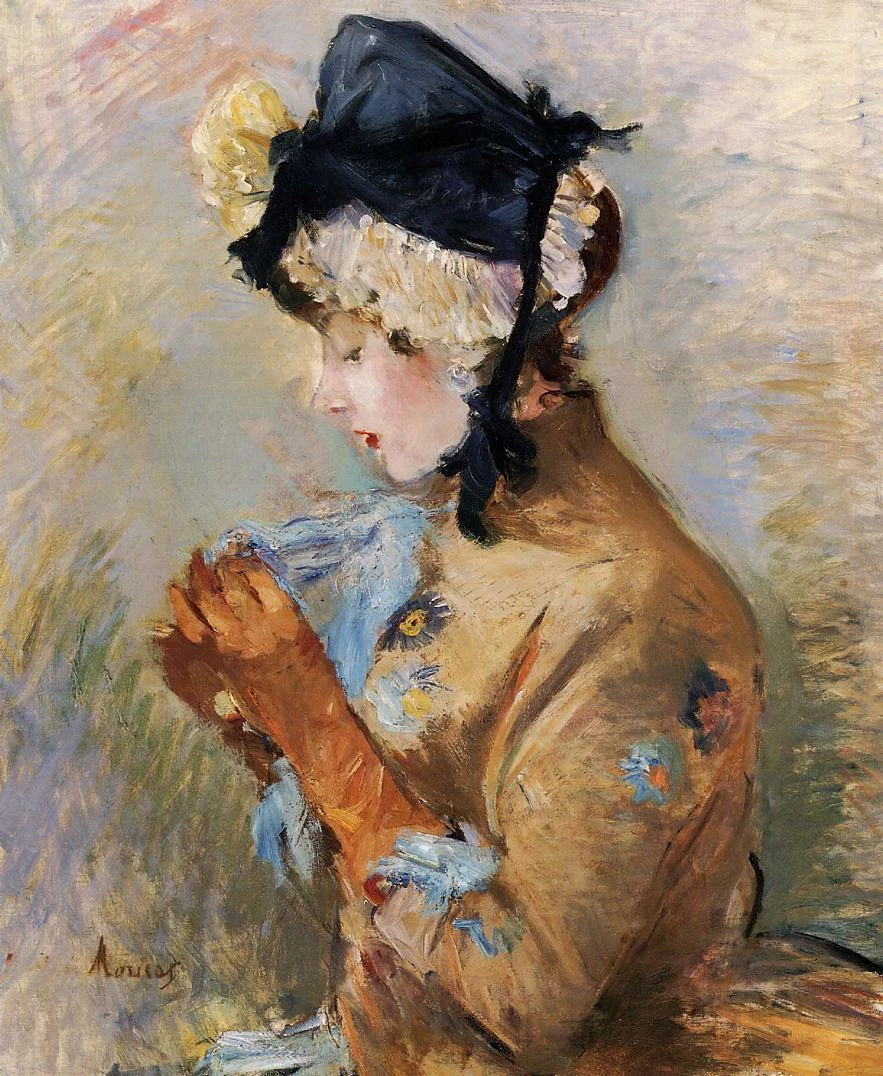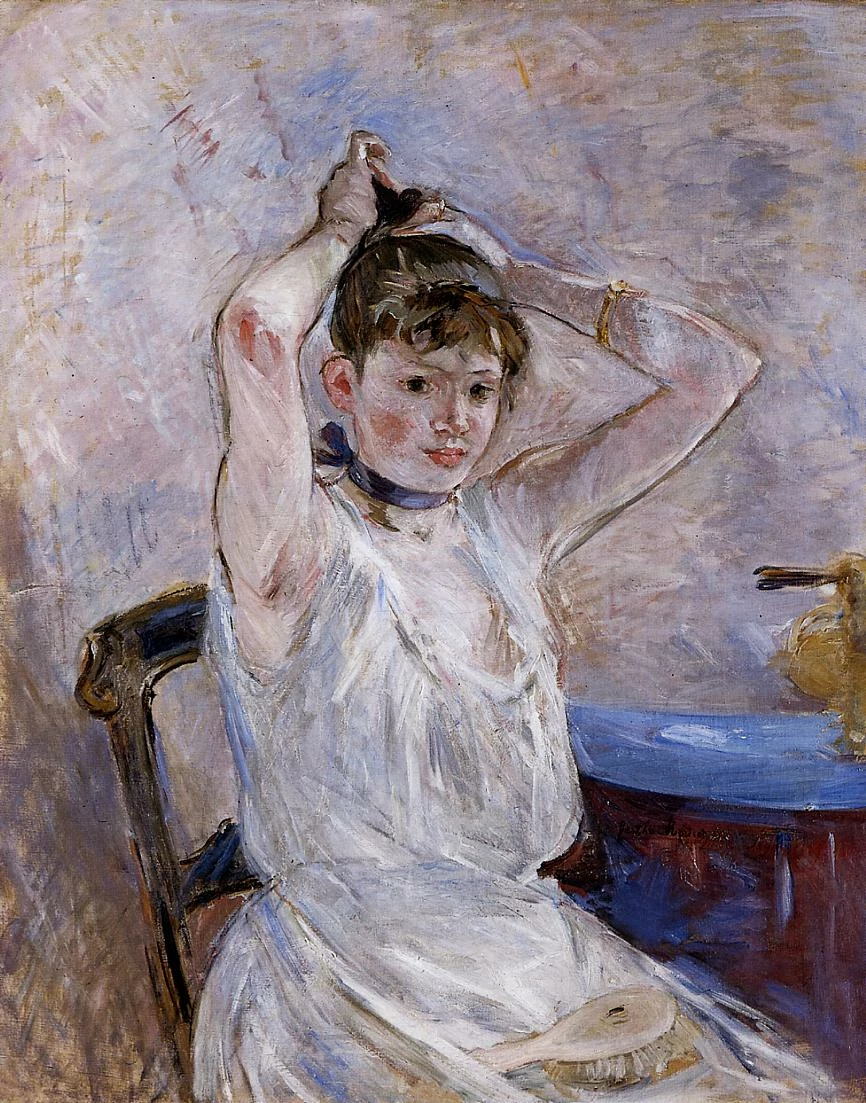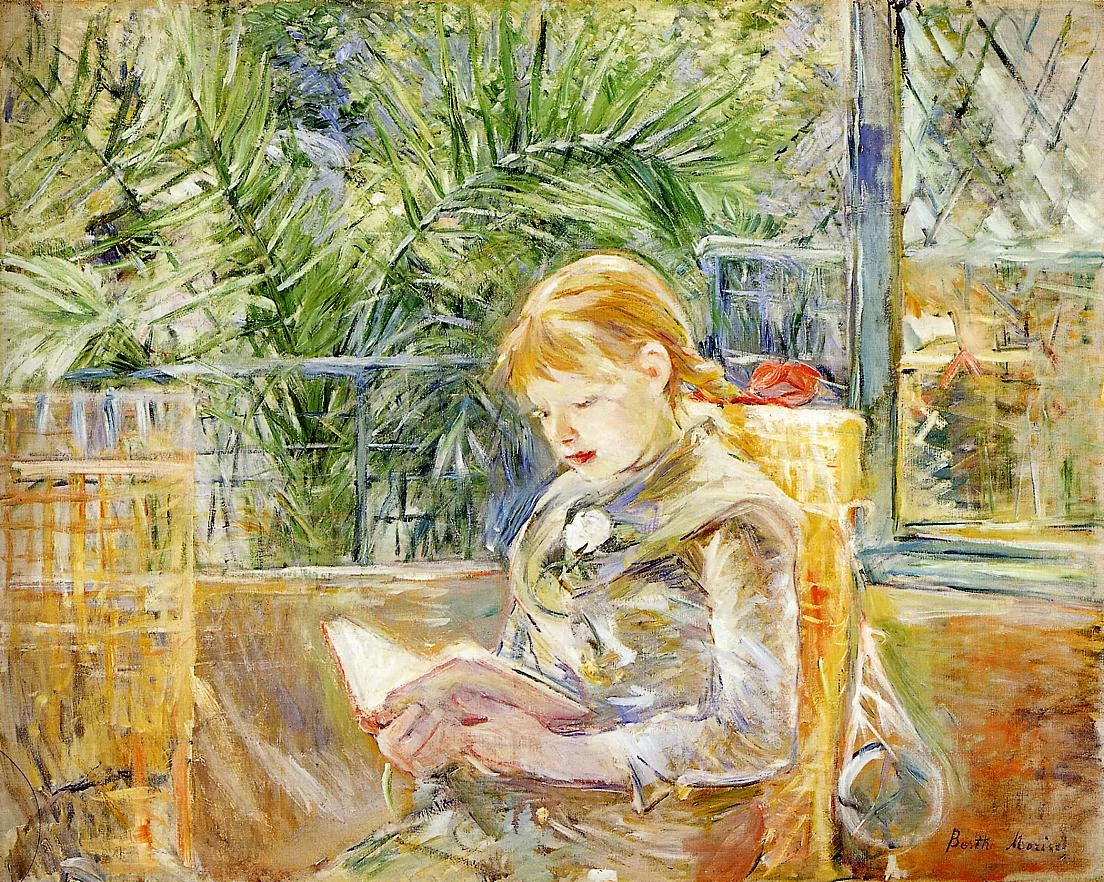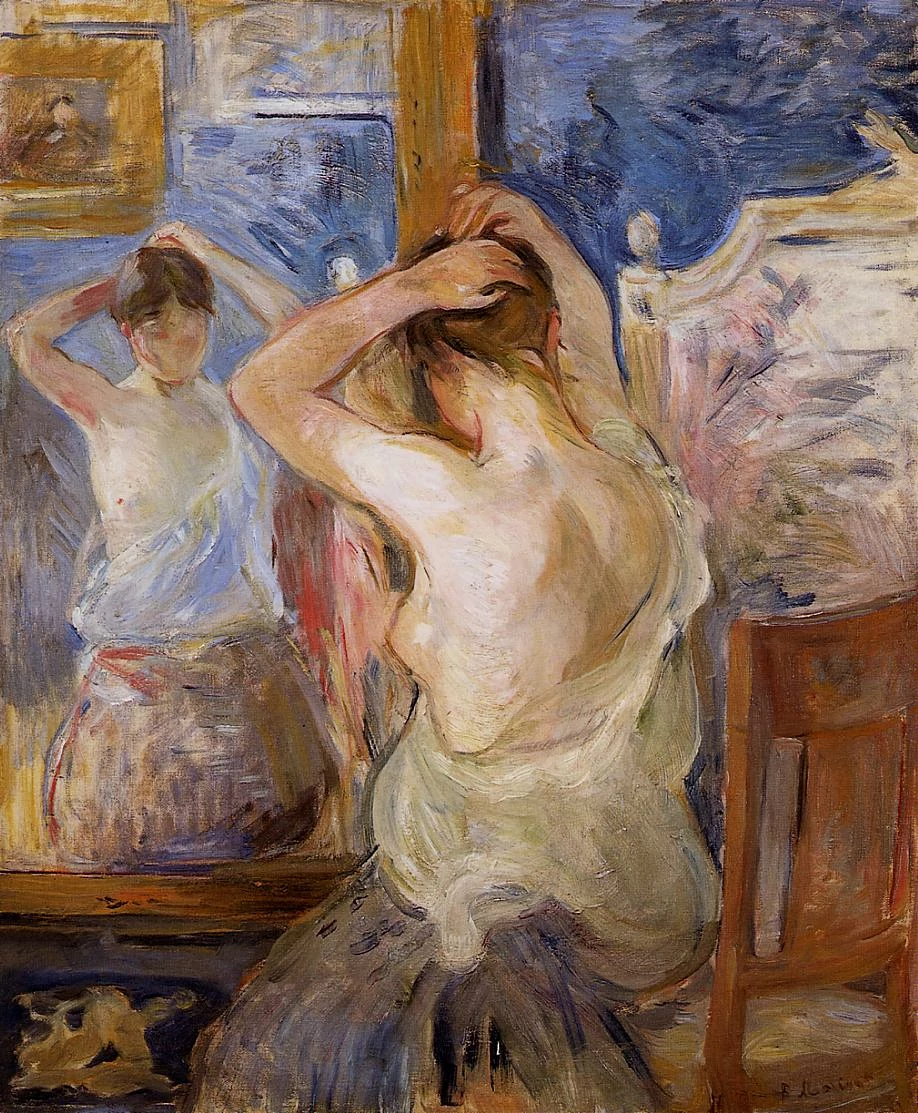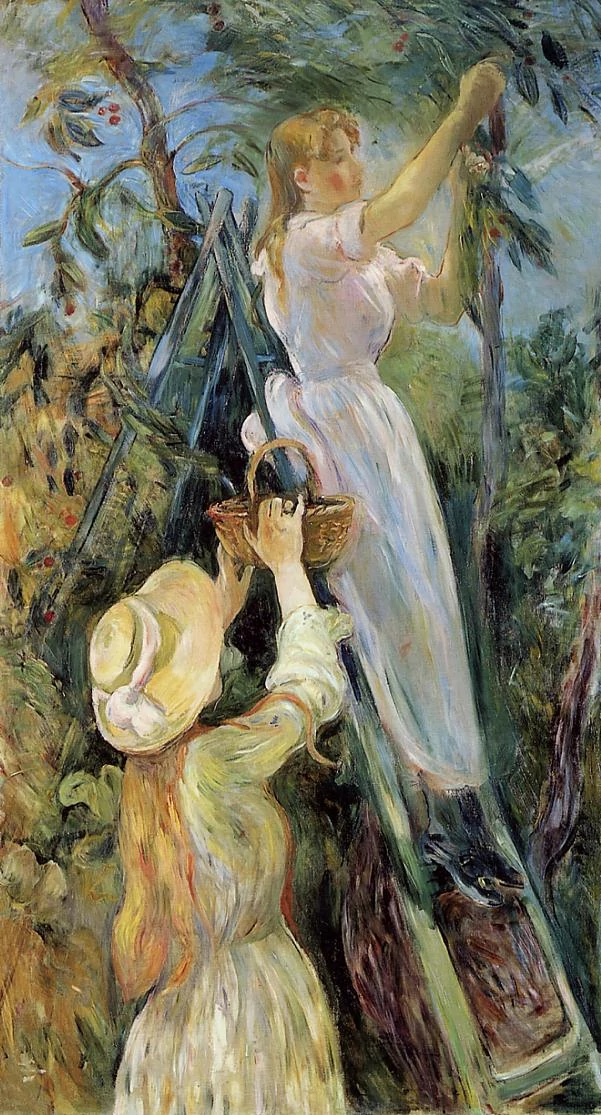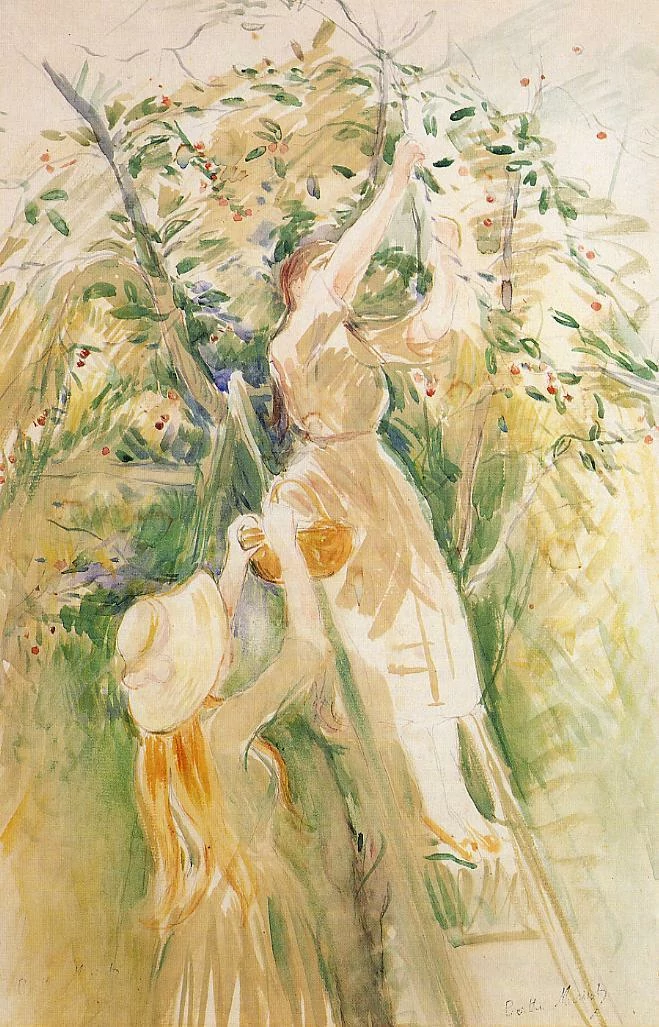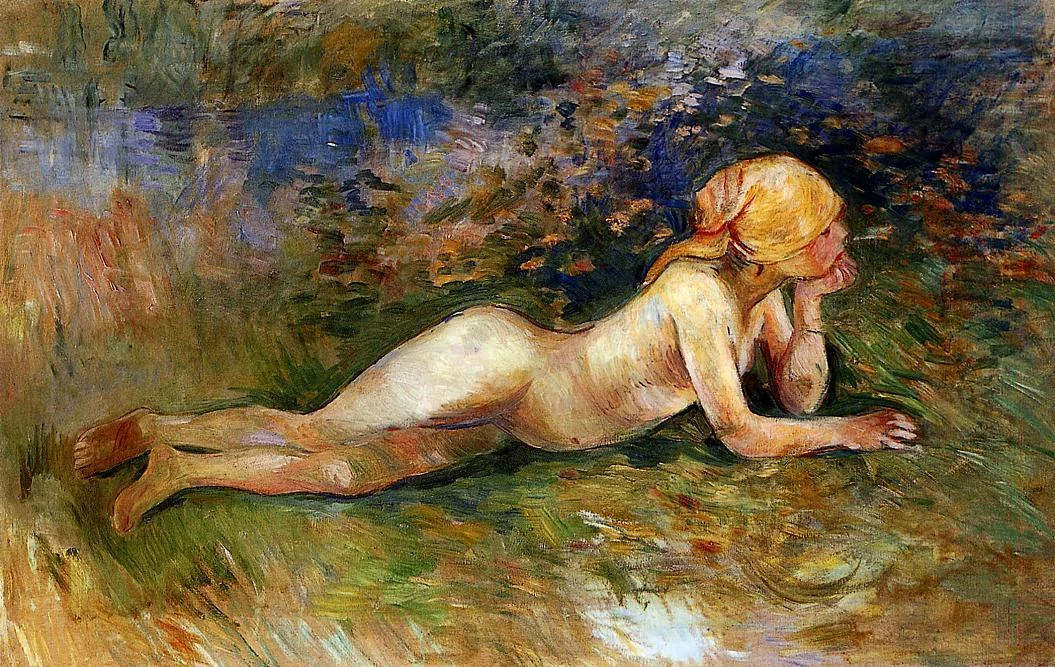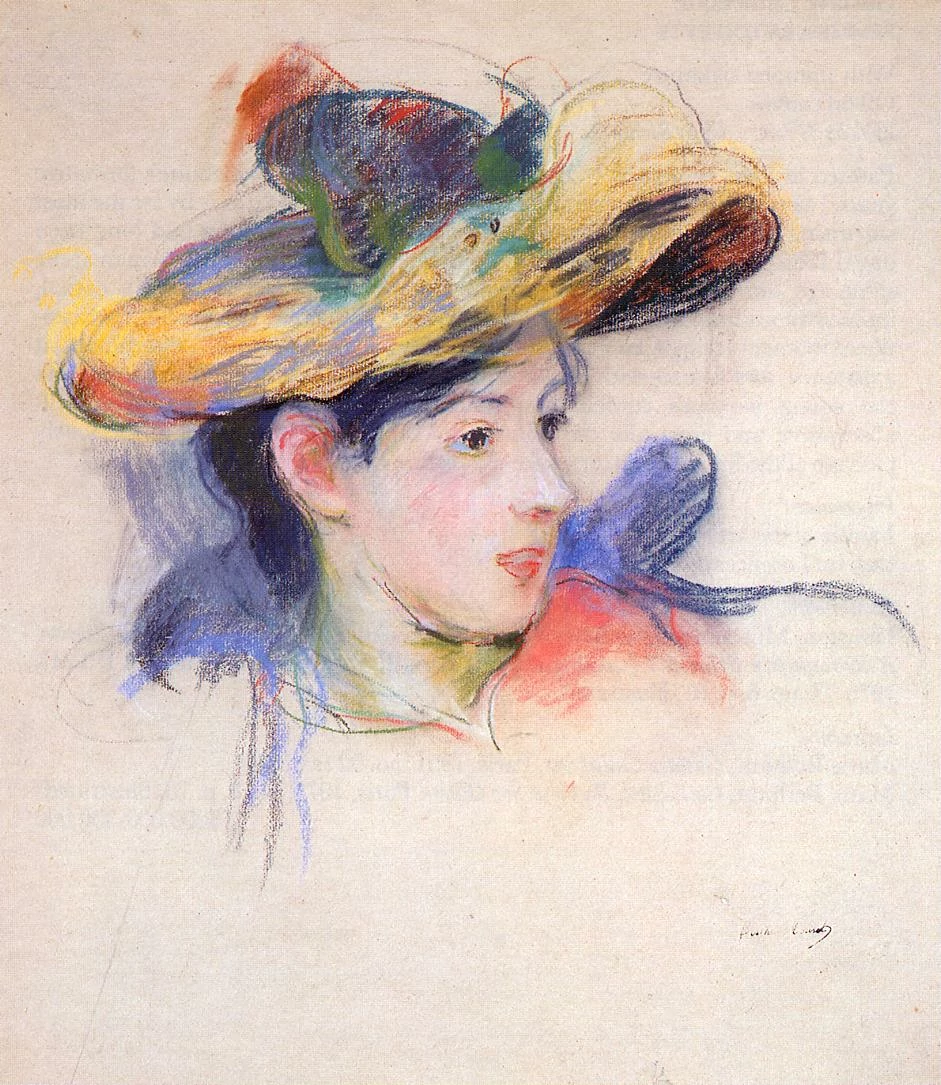“It is important to express oneself… provided the feelings are real and are taken from your own experience” — Berthe Morisot
Berthe Morisot was born in Bourges, France, into an affluent family. In 1852 the family moved to Paris, and as was common among daughters of the bourgeois, Berthe and her sisters Yves and Edma began an artistic education, tutored by Joseph Guichard. At age 16, Guichard introduced Berthe to the Louvre gallery where she learned by copying artworks by the Old Masters. One of Berthe’s earliest known works is her Calvary, copied from Paolo Veronese’s 1588 painting. Though her sisters eventually married and moved away, Berthe continued her study.
In the Paris art world in 1860, women were not allowed to join official arts institutions. But by 19 years old, Morisot’s skills had already been recognized, and she registered as a copyist at the Louvre. The Louvre was an opportunity to mingle with artists and teachers including Camille Corot and Achille Oudinot, painters of the Barbizon School. Under Corot’s influence, Berthe took up plein air painting, moving from the studio to the dappled light of the French countryside and into the center of the burgeoning Impressionist movement.
Her landscape paintings won Berthe her first exhibition at the celebrated Salon de Paris, in 1864. Memory on the Banks of l’Oise, and The Old Track at Auvers were received well by the French Academy, though they were closely compared to Corot’s painting from the same show. Morisot ‘reacted unfavorably’ to the criticism, but her work was well positioned within the academic community, and she went on to show work at the salon in 1865, 1866, 1868, 1870, 1872 and 1873.
...
Got questions, comments or corrections about Berthe Morisot? Join the conversation in our Discord, and if you enjoy content like this, consider becoming a member for exclusive essays, downloadables, and discounts in the Obelisk Store.
